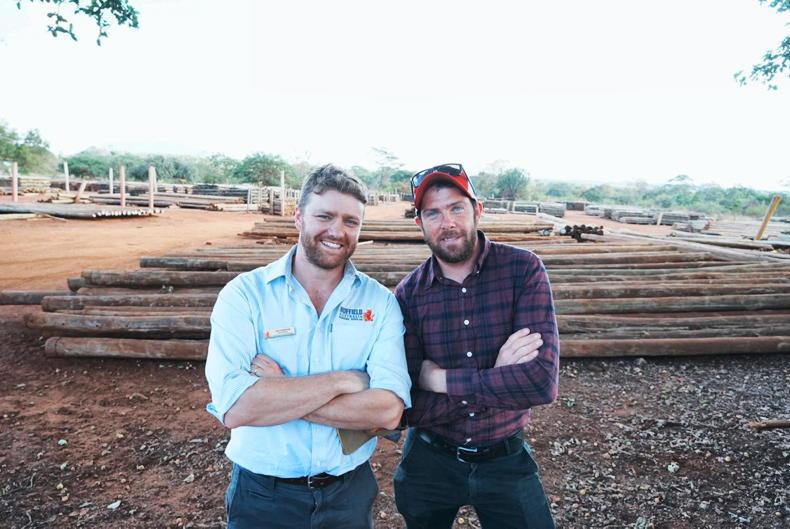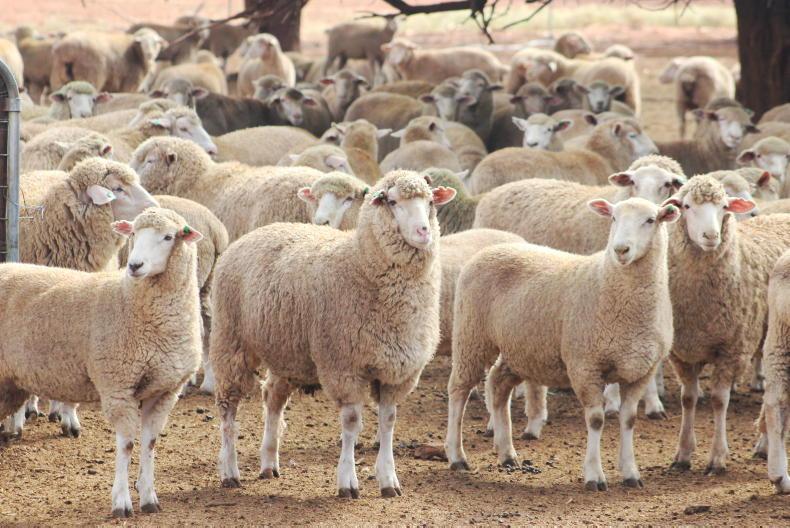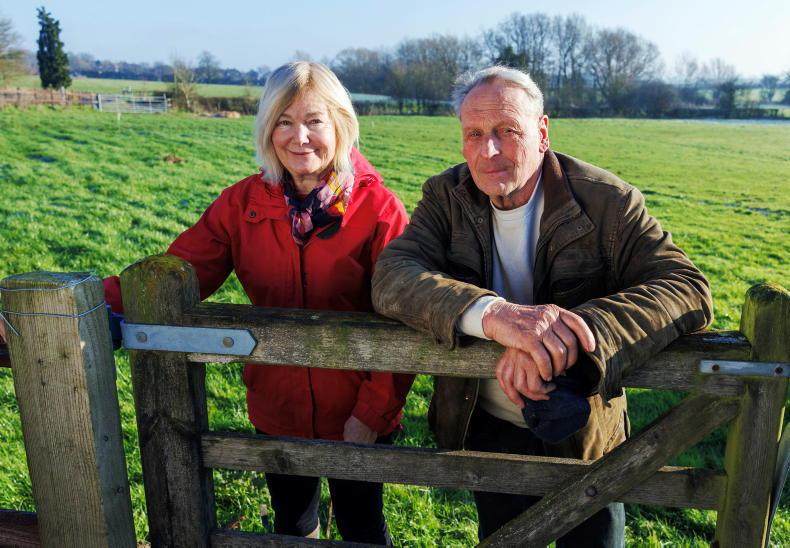Meat and Livestock Australia released its 'state of the industry' report for 2022 this week and it captures the industry at the peak of the rebuilding cycle when prices were at record highs and outputs at a 38-year low for cattle slaughter.
Last year was a high point for Australian beef and sheep prices, driven by scarcity of supply.
The turnover of Australia’s red meat and livestock industry was up 7.7% to AUS$75.4bn. The industry employed 187,916 people directly and a further 245,273 people indirectly in support industries and services.
The production or farming sector accounted for 124,898 of these jobs in 74,413 red meat and livestock businesses, with 52,376 of these beef cattle farming and 18,328 sheep farming.
High cattle prices meant average farm cash income was $238,000, marginally below the previous year's record level. Sheep farm income was $126,100, back 6% year on year.
Outlook
In its outlook section, the report reflects almost the complete opposite of previous years.
In the second quarter of this year, cattle slaughter was 16% higher than in the same quarter the previous year at 1.7m head.
Lamb production was up 11% to 6.1m head, the third-highest quarterly total on record.
Australian consumption
Australians are among the top beef and lamb consumers in the world.
Per-capita consumption of beef was approximately 23.7kg in 2022, compared with a global average of 6.3kg.
By way of comparison, Irish per-capita beef consumption was estimated at 19kg and lamb consumption was 3kg per person, according to Central Statistics Office data.
Australia has one of the most volatile production environments in the world for beef and sheep production.
Periods of prolonged drought are usually followed by a period of rain and ideal grass and crop growing conditions.
This means that Australian red meat is frequently going through major destocking during droughts followed by herd rebuilding when the rains return.
Therefore, livestock supplies for processors swing from scarce to plentiful, with a corresponding adjustment in price.
This is all in addition to the normal volatility in international markets for beef and sheepmeat trade.
The main export markets for Australian beef and sheepmeat are in Asia, particularly Japan, China and South Korea. These markets are also served by the large South American exporting countries and the US.
Securing a favourable trade deal with the UK has generated considerable excitement in the Australian industry, as they envisage establishing a significant presence in that market for the first time since the UK joined the EU.
Irish farmers and exporters are watching this development with concern, as it is expected they will be the main competitor for Irish beef in the UK imported market in the near future.
Read more
Australian farm incomes to nosedive 41%
Aussies waltzing into UK market
Meat and Livestock Australia released its 'state of the industry' report for 2022 this week and it captures the industry at the peak of the rebuilding cycle when prices were at record highs and outputs at a 38-year low for cattle slaughter.
Last year was a high point for Australian beef and sheep prices, driven by scarcity of supply.
The turnover of Australia’s red meat and livestock industry was up 7.7% to AUS$75.4bn. The industry employed 187,916 people directly and a further 245,273 people indirectly in support industries and services.
The production or farming sector accounted for 124,898 of these jobs in 74,413 red meat and livestock businesses, with 52,376 of these beef cattle farming and 18,328 sheep farming.
High cattle prices meant average farm cash income was $238,000, marginally below the previous year's record level. Sheep farm income was $126,100, back 6% year on year.
Outlook
In its outlook section, the report reflects almost the complete opposite of previous years.
In the second quarter of this year, cattle slaughter was 16% higher than in the same quarter the previous year at 1.7m head.
Lamb production was up 11% to 6.1m head, the third-highest quarterly total on record.
Australian consumption
Australians are among the top beef and lamb consumers in the world.
Per-capita consumption of beef was approximately 23.7kg in 2022, compared with a global average of 6.3kg.
By way of comparison, Irish per-capita beef consumption was estimated at 19kg and lamb consumption was 3kg per person, according to Central Statistics Office data.
Australia has one of the most volatile production environments in the world for beef and sheep production.
Periods of prolonged drought are usually followed by a period of rain and ideal grass and crop growing conditions.
This means that Australian red meat is frequently going through major destocking during droughts followed by herd rebuilding when the rains return.
Therefore, livestock supplies for processors swing from scarce to plentiful, with a corresponding adjustment in price.
This is all in addition to the normal volatility in international markets for beef and sheepmeat trade.
The main export markets for Australian beef and sheepmeat are in Asia, particularly Japan, China and South Korea. These markets are also served by the large South American exporting countries and the US.
Securing a favourable trade deal with the UK has generated considerable excitement in the Australian industry, as they envisage establishing a significant presence in that market for the first time since the UK joined the EU.
Irish farmers and exporters are watching this development with concern, as it is expected they will be the main competitor for Irish beef in the UK imported market in the near future.
Read more
Australian farm incomes to nosedive 41%
Aussies waltzing into UK market










SHARING OPTIONS